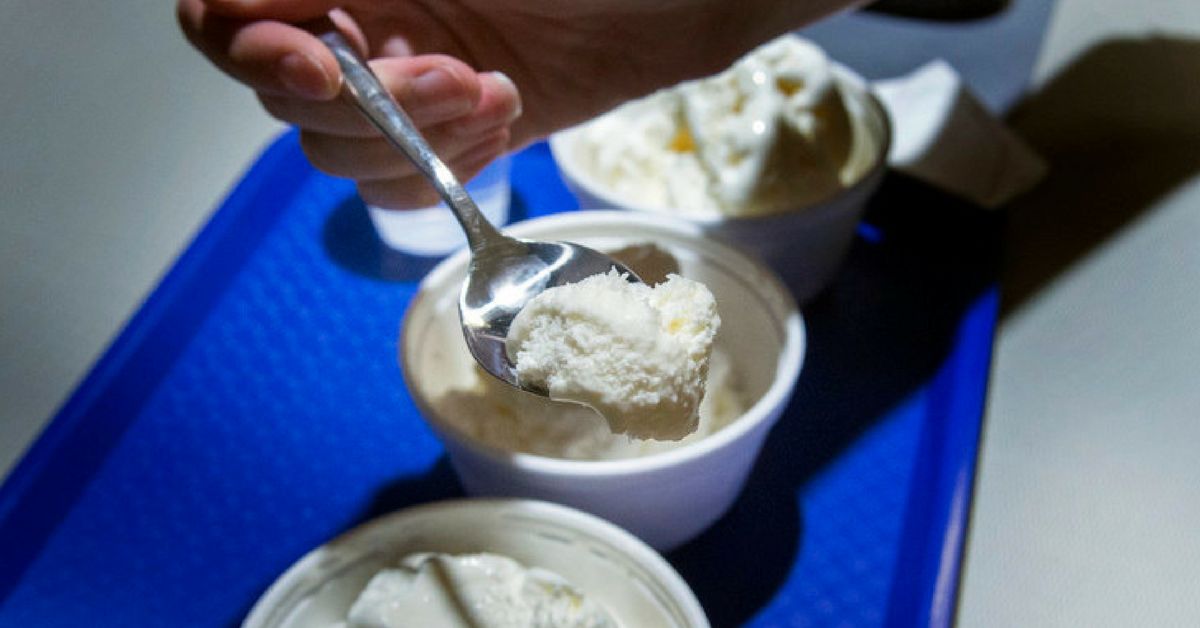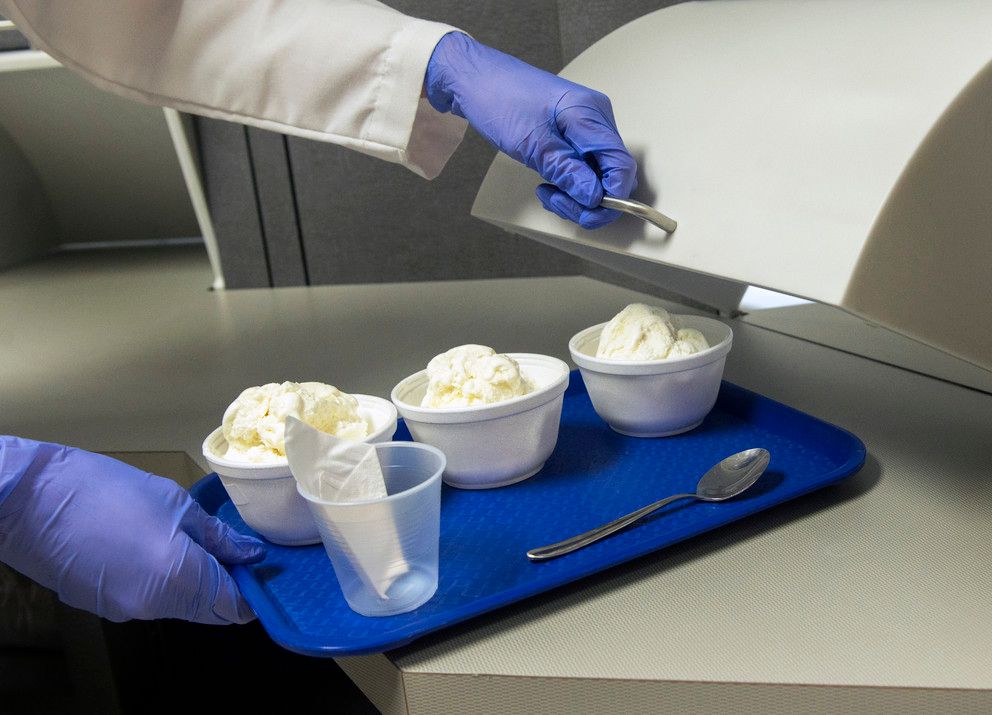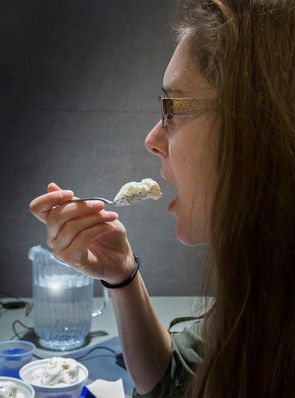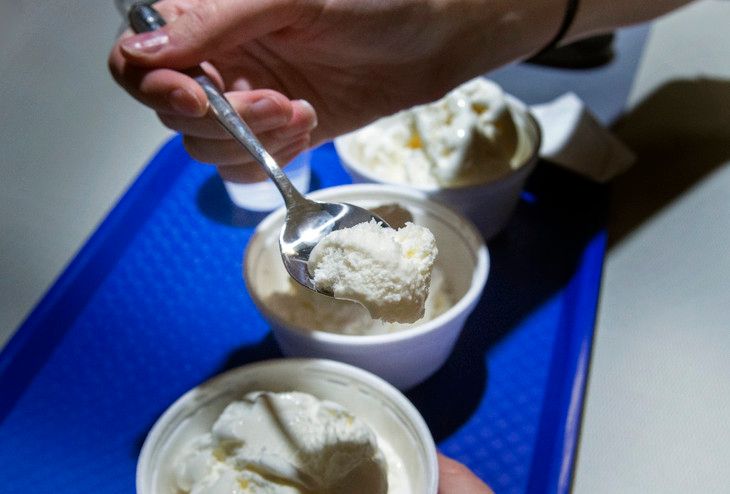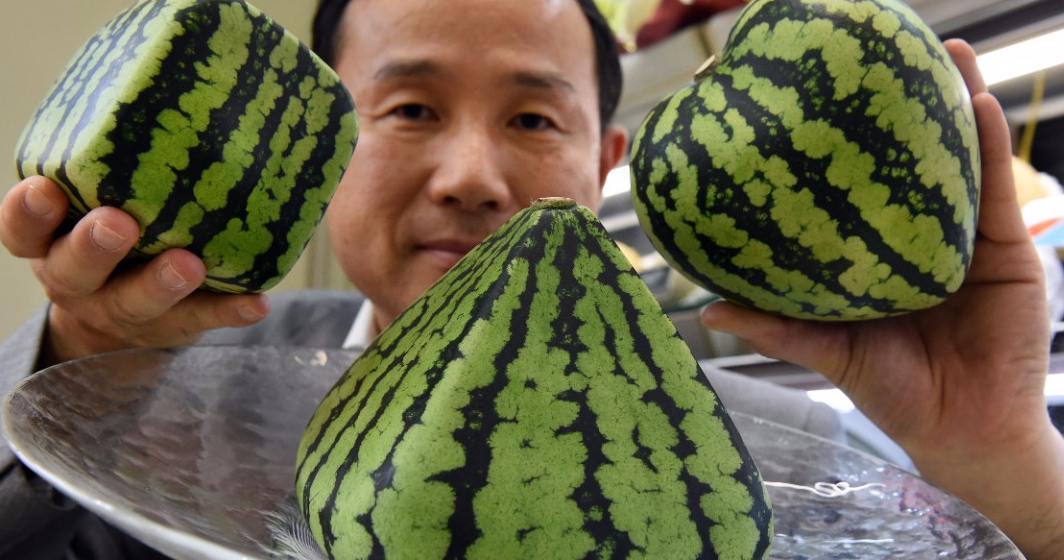Ice cream is probably the most heavenly substance on the face of this big blue planet of ours. It's cold, refreshing, sweet, and basically perfect in every way. Whether it's a rich chocolate, a smooth vanilla, or a satisfying cookie dough, every flavor has its benefits.
Seriously, if it were acceptable to eat ice cream for every meal, I would. The thing is, as delicious as ice cream is, it isn't really the best thing for you. There is a lot of fat and sugar in it, and not a lot of protein or any of those other substantial things you need to live a healthy life. But as a treat, nothing will ever beat it.
Even though we all have our own favorite flavors, many of us are willing to try those "low-fat" options that we see. Maybe if it's still delicious, then we won't have to restrict how much we eat! However, every time we try out these so-called "healthier alternatives" we find ourselves returning to the higher fat options, because obviously they are just better. Or so we thought.
Scientists have done a study where people were given the option of a low-fat and a high-fat version of ice cream, and participants couldn't actually tell the difference. But how can this possibly be true?
The study was testing to see if participants could identify which ice creams they were eating had the most fat in them. The options varied in fat content, but when asked to choose which one had more fat, they seemed to be impossible to identify which one was actually the lower-fat option. They altered the fat levels in the ice cream by adding maltodextrin, a tasteless, starch-based material that is often used in frozen desserts to add volume to products.
Participants could not identify a two percent fat difference as long as the samples ranged from six to twelve percent. When the samples ranged from six to ten percent, they could identify a four percent difference. But a range of eight to twelve percent fat levels made it impossible to differentiate the four percent difference.
"I think the most important finding in our study was that there were no differences in consumer acceptability when changing fat content within a certain range," lead author of the study, Laura Rolon, said. "There is a preconception of 'more fat is better,' but we did not see it within our study."
The interesting thing that the study proved is that not only could they not tell a difference, but participants liked the lower fat options just as much as full fat options.
"We don't want to give the impression that we were trying to create a healthier type of ice cream," said John Coupland, professor of food science. "But, if you were in charge of an ice cream brand this information may help you decide if you are getting any advantage of having high fat in your product, or whether it's worth the economic cost, or worth the brand risk to change the fat level of your ice cream."
Do you consider yourself an ice cream snob? Can you tell the difference between a cheaper version and the more premium alternatives? Let's be honest, any of us would be happy to give this taste test a try!
Source - PSU
